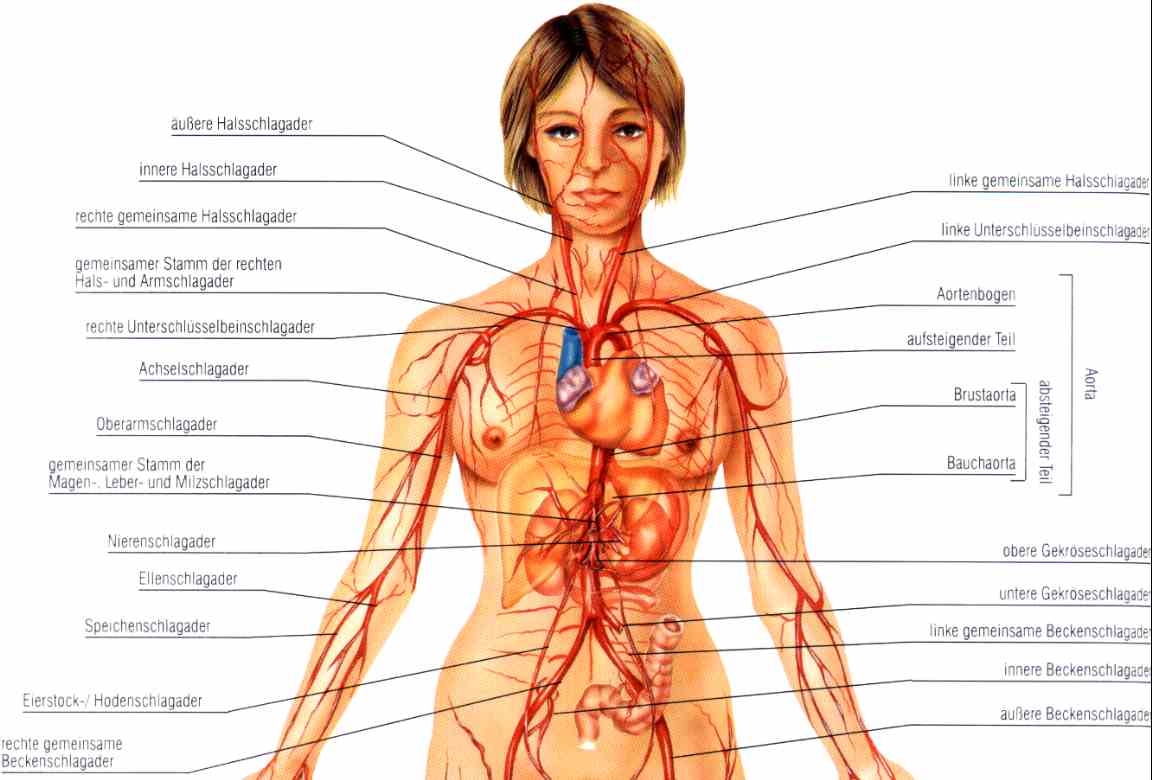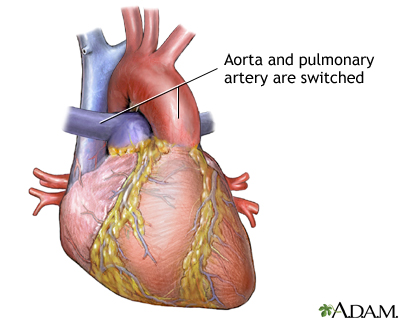The heart is a muscular organ in all vertebrates responsible for pumping blood through the blood vessels by repeated, rhythmic contractions, or a similar structure in annelids, mollusks, and arthropods.
Blood is a specialized bodily fluid that delivers necessary substances to the body's cells — such as nutrients and oxygen — and transports waste products away from those same cells.
The blood vessels are the part of the circulatory system that transport blood throughout the body. There are three major types of blood vessels: the arteries, which carry the blood away from the heart, the capillaries, which enable the actual exchange of water and chemicals between the blood and the tissues; and the veins, which carry blood from the capillaries back towards the heart.
Right Artium is one of four chambers (two atria and two ventricles) in the human heart. It receives deoxygenated blood from the superior and inferior vena cava and the coronary sinus, and pumps it into the right ventricle through the tricuspid valve.
Right Ventricle is one of four chambers (two atria and two ventricles) in the human heart. It receives deoxygenated blood from the right atrium via the tricuspid valve, and pumps it into the pulmonary artery via the pulmonary valve and pulmonary trunk.
The pulmonary arteries carry blood from heart to the lungs. They are the only arteries (other than umbilical arteries in the fetus) that carry deoxygenated blood.
Oxygen is the element with atomic number 8 and represented by the symbol O. It is a member of the chalcogen group on the periodic table, and is a highly reactive nonmetallic period 2 element that readily forms compounds (notably oxides) with almost all other elements.
The four pulmonary veins carry oxygen-rich blood from the lungs to the left atrium of the heart. They are the only veins in the post-fetal human body that carry oxygenated (red) blood.
The left ventricle is one of four chambers (two atria and two ventricles) in the human heart. It receives oxygenated blood from the left atrium via the mitral valve, and pumps it into the aorta via the aortic valve.









